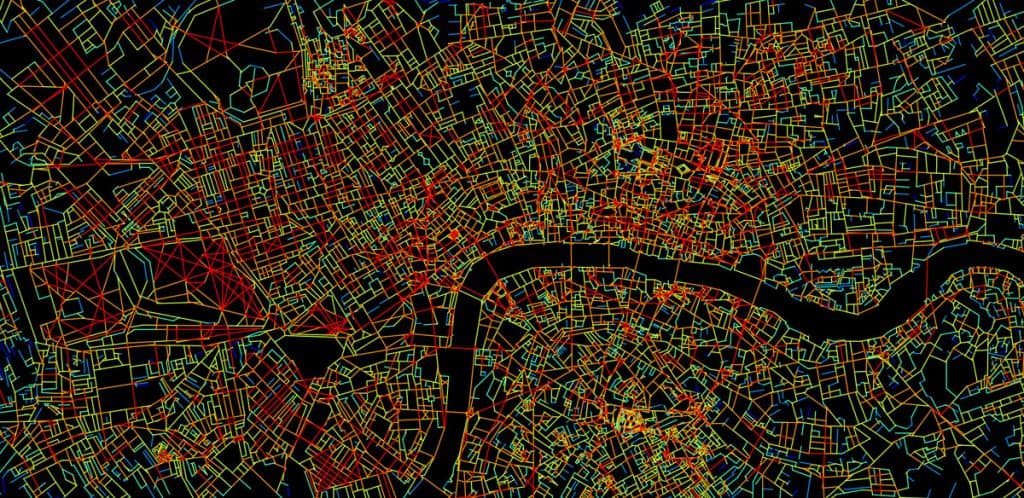 Using a satnav to get to your destination ‘switches off’ parts of the brain that would otherwise be used to simulate different routes, revealed a new UCL college study in London.
Using a satnav to get to your destination ‘switches off’ parts of the brain that would otherwise be used to simulate different routes, revealed a new UCL college study in London.
Researchers investigated activity in the hippocampus, a brain region involved in memory and navigation, and the prefrontal cortex which is involved in planning and decision-making. They also mapped the labyrinth of London’s streets to understand how these brain regions reacted to them.
When volunteers navigated manually, their hippocampus and prefrontal cortex had spikes of activity when volunteers entered new streets. This brain activity was greater when the number of options to choose from increased, but no additional activity was detected when people followed satnav instructions.
Previous UCL research has shown that the hippocampi of London taxi drivers expand as they learn ‘the Knowledge’, memorizing the streets and landmarks of central London. The latest study suggests that drivers who follow satnav directions do not engage their hippocampus, likely limiting any learning of the city street network.
The study, published in Nature Communications and funded by Wellcome, involved 24 volunteers navigating a simulation of Soho in central London while undergoing brain scans.
The team have also analysed the street networks of major cities around the world to visualise how easy they may be to navigate. With its complex network of small streets, London appears to be particularly taxing on the hippocampus. By contrast, much less mental effort may be needed to navigate Manhattan in New York. With its grid layout, at most junctions you can only go straight, left or right.
Senior author Dr Hugo Spiers is now on secondment as Director of Science at The Centric Lab**, a consultancy and research organisation in London that uses neuroscience to inform building and city design.
Dr Amir-Homayoun Javadi, who led the brain imaging analysis at UCL and now works at the University of Kent, says: “Understanding how the environment affects our brain is important. My research group is now exploring how physical and cognitive activity affect brain activity in a positive way. Satnavs clearly have their uses and their limitations.”
Dr Beatrix Emo, who led the city street analysis at UCL and now works at ETH Zurich, says: “Linking the structure of cities to behavior has been around since the 1980s, but this is the first study to reveal the impact of that structure on the brain.”
The research was conducted at UCL with a collaboration between scientists and architecture experts from UCL, the University of Kent, ETH Zurich, the German Centre for Neurodegenerative Diseases, the University of Hertfordshire and the University of Bahrain. This work was supported by Wellcome, the James S. McDonnell Foundation and the UK Biotechnology and Biological Sciences Research Council. Dr Spiers’ secondment at the Centric Lab is funded by the Medical Research Council.